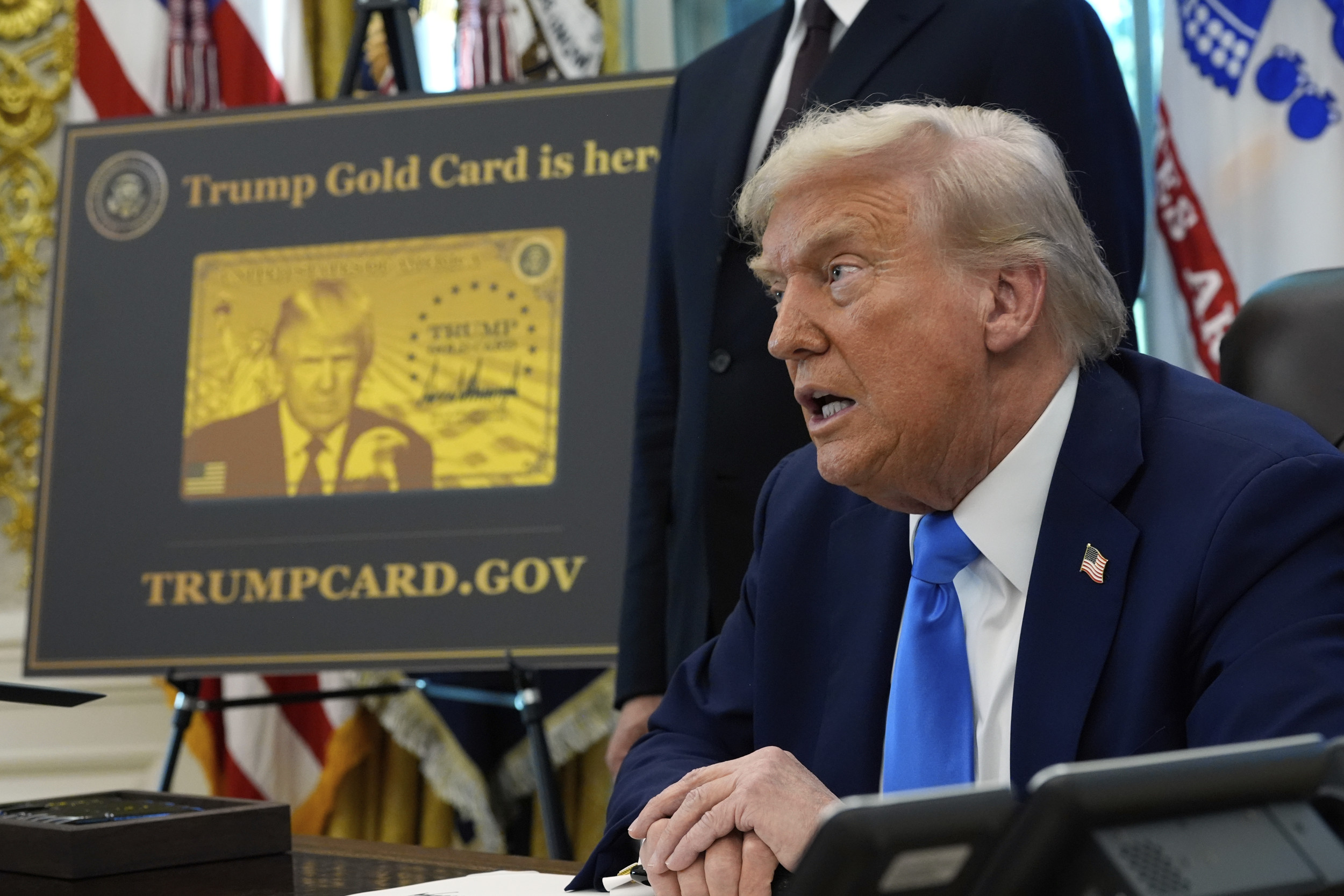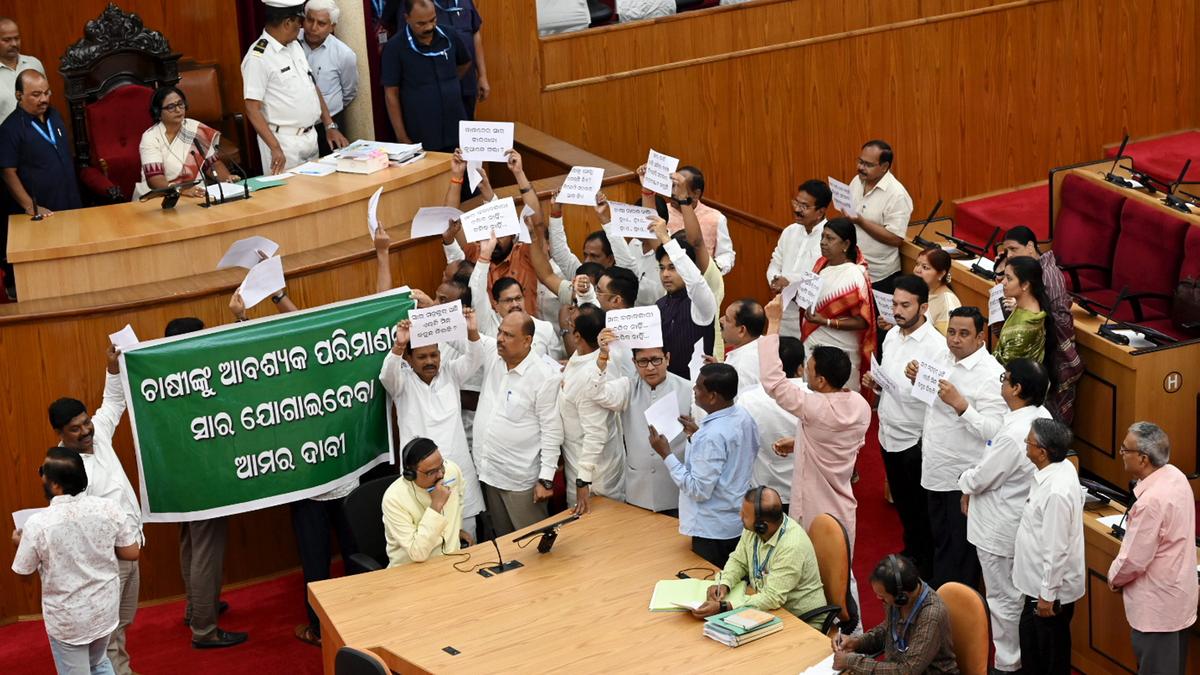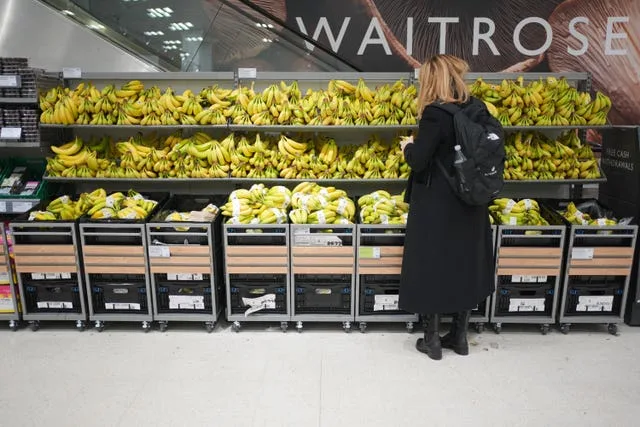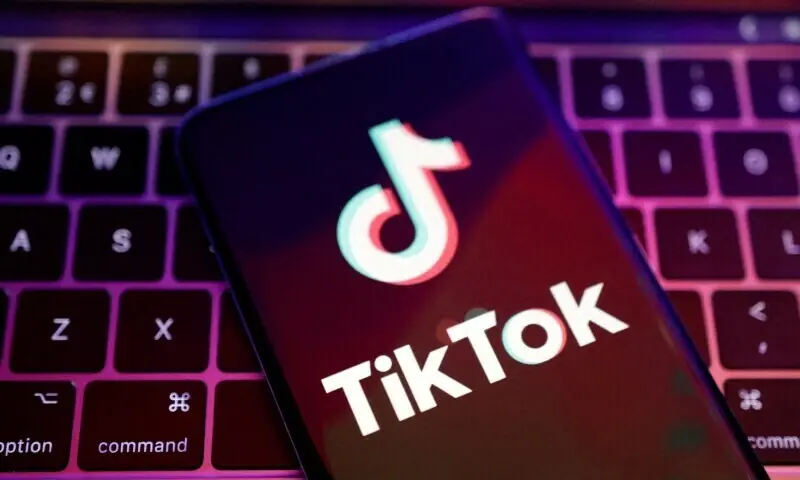
President Donald Trump’s new “Gold Card” immigration program marks a major shift in U.S. visa policy, creating a fast-track path for wealthy individuals willing to pay significant sums of money to live and work in the United States.
The Gold Card initiative, formalized through a September executive order, offers expedited immigrant visas to individuals who make significant financial contributions to the U.S. government. It targets high-net-worth applicants, replacing existing visa routes for top-tier immigrants and potentially attracting a new class of foreign investor. It is a very different path from the traditional green card, which remains the primary avenue for lawful permanent residence through employment, family sponsorship, or refugee and asylum programs.
As the Gold Card rolls out nationally, the Trump administration has touted it as a fiscal tool and a reform to what it calls a “broken” immigration system.
Why It Matters
The Gold Card’s rollout is the latest in a series of Trump administration actions aimed at using immigration policy to generate revenue and reshape who can enter and reside in the U.S.
While it potentially offers a streamlined path to residency and even citizenship, critics have argued the policy creates a tiered immigration system favoring the ultra-wealthy.
What To Know
Under the Gold Card program, individuals must pay $1 million directly to the U.S. Treasury as a “gift,” or $2 million if the application is sponsored by a corporation. An additional $15,000 vetting fee also applies. These funds are designated for investment in American industry and commerce, as outlined in the official White House fact sheet.
Commerce Secretary Howard Lutnick said the program would initially offer 80,000 visas, aiming to raise an estimated $100 billion.
“We are going to only take extraordinary people at the very top, instead of people trying to take the jobs from Americans,” Lutnick said during a press call, according to Politico.
In contrast, a green card—officially known as a Permanent Resident Card—requires no financial contribution. It allows non-U.S. citizens to live and work in the country permanently after meeting eligibility through employment, family ties, or humanitarian programs. Most applicants file a petition (Form I-485) and may face wait times that span years depending on visa category and country of origin.
According to the U.S. Citizenship and Immigration Services, the green card system was formalized in 1940 and remains the mainstay for lawful permanent residency. Both green and gold cards offer a path to citizenship.
Trump administration officials have framed the Gold Card as a way to modernize U.S. immigration policy while increasing economic benefits. Lutnick told reporters the program will involve individuals paying global tax in the same way that U.S. citizen or permanent resident do. In February, when the scheme was originally announced, Trump said Gold Card holders “won’t have to pay any tax on income outside of the United States.”
The administration also noted that the Gold Card is intended to replace the existing EB-5 investor visa, which requires proof that the applicant’s investment creates or preserves U.S. jobs. The new program instead treats large financial gifts as sufficient evidence of “exceptional business ability and national benefit,” according to the executive order.
The administration has simultaneously announced a $100,000 fee for H-1B visas, which are commonly used by tech workers.
What People Are Saying
Commerce Secretary Howard Lutnick said on Thursday: “Historically, the employment-based green card program let in 281,000 people a year. And those people on average earned $66,000 a year on average, and they were five times more likely to go on assistance programs of the government. So we were taking in the bottom quartile below the average American – it was illogical. The only country in the world that was taking in the bottom quartile. So what we are doing now, we are going to stop doing that. We’re going to only take extraordinary people at the very top instead of people trying to take the jobs from Americans. They’re going to create businesses and create jobs for Americans, and this program will raise more than $100 billion for the Treasury of the United States of America.”
President Donald Trump said on Thursday: “It’s going to raise billions of dollars, billions and billions of dollars, which is going to go to reduce taxes, pay off debt, and, other good things.”
What Happens Next
The Gold Card will be administered by the Department of Commerce in coordination with the departments of State and Homeland Security. It is expected to replace the EB-1 and EB-2 visa categories and possibly the EB-5 investment program. The administration is currently finalizing the vetting process and could expand the program to include more visa types, the White House said.
Although the Trump administration has not given a timeline for full implementation, applications for the Gold Card opened to a waiting list in June. A proposed “Trump Platinum Card,” which would offer a 270-day U.S. stay without taxation on foreign income for a $5 million fee, was mentioned in early drafts but is not currently moving forward, Politico reported.



